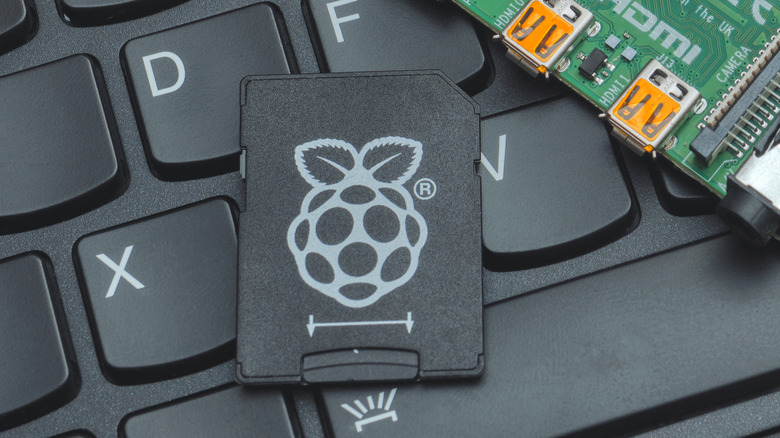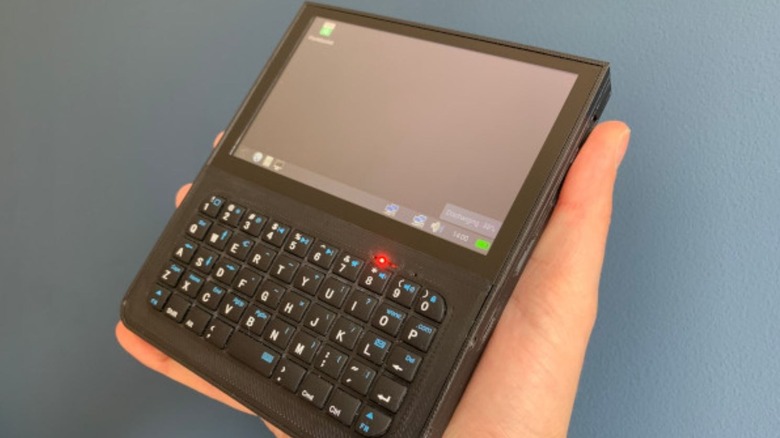This Raspberry Pi-Powered Pocket Computer Was Inspired By Classic '90s Tech
For those of you who were born after the year 2000, you probably don't remember a time before everyone was toting around smartphones with touchscreens. During the 1990s, though, the concept of portable devices was starting to come into its own, moving away from the brick-sized mobile phones of the previous decade. One of the subsets of the portable tech scene was personal portable computers, smaller than laptops, yet more advanced than phones or pagers (ask your parents if you don't know what a pager is).
While some of these devices were pretty slick appearance-wise, though, the technology wasn't quite advanced enough to facilitate anything especially reliable. You could use a PalmPilot to check your email or play solitaire, for instance, but browsing the internet or in-depth coding was a bit too tall of an order. They still have their fans, though, including tinkerer Ken Van Hoeylandt, also known as ByteWelder, who constructed his very own pocket PC in the image of those classic devices, albeit with a bit more muscle under the hood.
The Decktility is a DIY pocket computer
Hoeylandt's personal device is called the Decktility, a personal cyberdeck backed by a Raspberry Pi Compute Module 4 with a Broadcom BCM2711 processor. Besides the processor, the device is made up of an Arduino power manager with 18650 Li-ion batteries, a Bigtreetech Raspberry Pad 5 display, and a little Bluetooth keyboard. All of this is packed into a 3D-printed shell of Hoeylandt's own design, measuring in at around 5 inches by 6 inches. The case even has four USB ports, an Ethernet port, a microSD card slot, and an HDMI port.
According to Hoeylandt, the design of the Decktility is directly inspired by the two pocket PCs he owned in his younger years: the 1998 3com Palm III and the 1998 Sharp Mobilon HC-4500. He also got some modern inspiration from recent prominent cyberdeck projects like Yarh.io and the uConsole.
If you're interested in building your very own Decktility, or a personal cyberdeck of a similar design, Hoeylandt published an entire article on the subject on his ByteWelder blog, detailing the exact steps he took and the construction lessons he took away from the project. If that's a little too much detail for you to sift through, he has also put together a GitHub repository, featuring the device's code, parts list, relevant files, and an assembly guide. If you want a cool project for a retro-styled device, try building your own Decktility!
[Featured image by Ken Van Hoeylandt via GitHub | Cropped and scaled | CC BY-SA 4.0]

